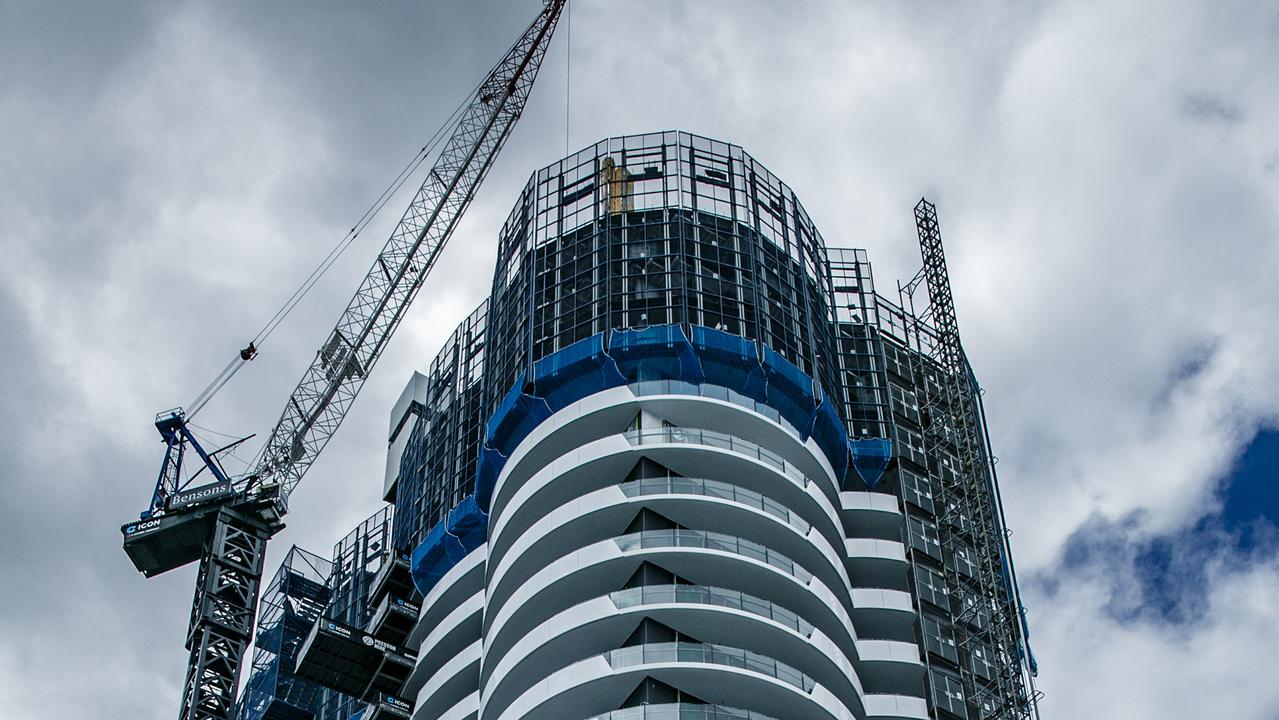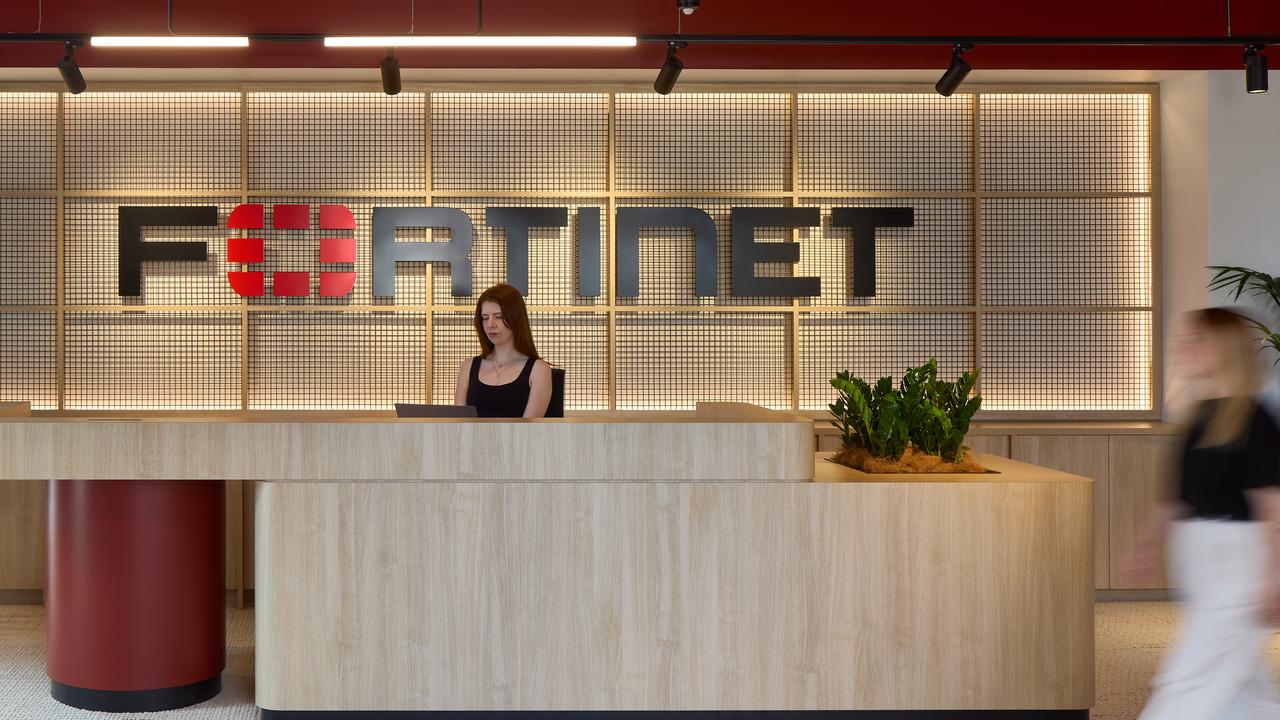
If we know one thing for certain about the future of the Australian population, it is that it will double in size from 26 million people to 52 million people. We just don’t know when this doubling will occur.
Last week, the Australian Bureau of Statistics released its latest population forecast. It published three different scenarios. The data only stretches out to 2071, but we can run these scenarios forward in a simplistic way to figure out roughly when Australia will double in size.
The most bearish scenario sees our population doubling by 2129, the median scenario by 2095, and the most bullish scenario sees Australia at 52 million people by 2074. I would argue that Australia realistically might double in 66 years – feel free to fact-check me in 2088 (we run off 2022 population data).
Why can we take strong population growth, largely driven by migration, as a given in Australia?
Simple, Australia is ageing rapidly and experiences a prolonged skills shortage. Both problems can be countered by migration. On top of these two, educating international students is like printing cash.
Australia even has a great track record of integrating migrants into society – at least the second generation of migrants.
The big problem with migrants is that we need to build housing for them.
For decades, we ran a migration nation without linking our national housing and migration policies. A rather ridiculous oversight if you ask me.
Politics has now finally caught on and is doing what it can to encourage the addition of more housing stock. Move over location, location, location. Our new real estate mantra is supply, supply, supply.
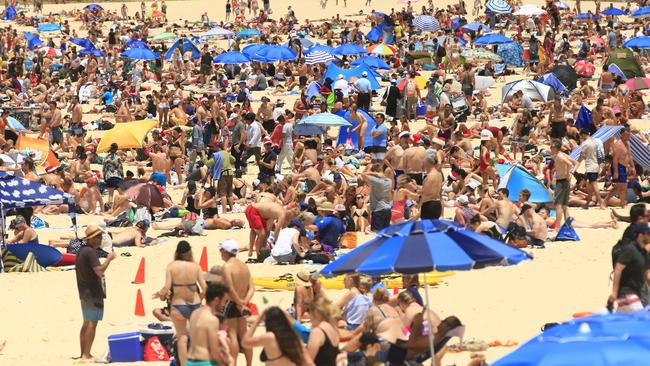
Wait, that all is a bit fast. There must be a way to increase our economic output while our population ages and our workforce shrinks, right? At this point in the argument, we tend to look towards Japan.
The Land of the Rising Sun has been ageing and shrinking for decades and still managed to grow its economy.
Japan could increase output because Toyota, Mitsubishi, Honda, Sony, Nissan, Canon and Fujitsu could run factories across the globe using foreign workers outside of Japan to produce their products. The profits still found their way back to Japan.
Such hi-tech manufacturing also lends itself to robotisation.
Japanese banking, insurance, and IT businesses were also scalable with relatively little input of labour. Japanese businesses don’t need their local workforce as much as Australian businesses do.
Our simple Australian business model relies on us making money by selling mining and agricultural products to the world, while bringing foreigners into the country who are willing to pay for university degrees and who consume tourism offerings.
Businesses in these sectors need people in Australia drilling, harvesting, educating, and entertaining. These jobs can’t possibly be done outside of the country.
Obviously, our industries will invest heavily in robots and AI to tackle the prolonged skills shortage.
For the Australian business model to work, we need workers in the country. Without migration, we are running out of workers fast.
As the big Baby Boomer cohort retires, just a small cohort enters the world of work at the other end of the age spectrum. As if this imbalance wasn’t bad enough, the huge Millennial generation continues to make babies for the next 13 to 15 years.
This means Millennials exit the workforce temporarily as they go on parental leave. In such an environment, a low migration scenario in Australia would necessitate a complete reinvention of our national business model. Also, we would need to find new sources of income to pay for our universities and reinvent aged care if lower migration was the main goal.
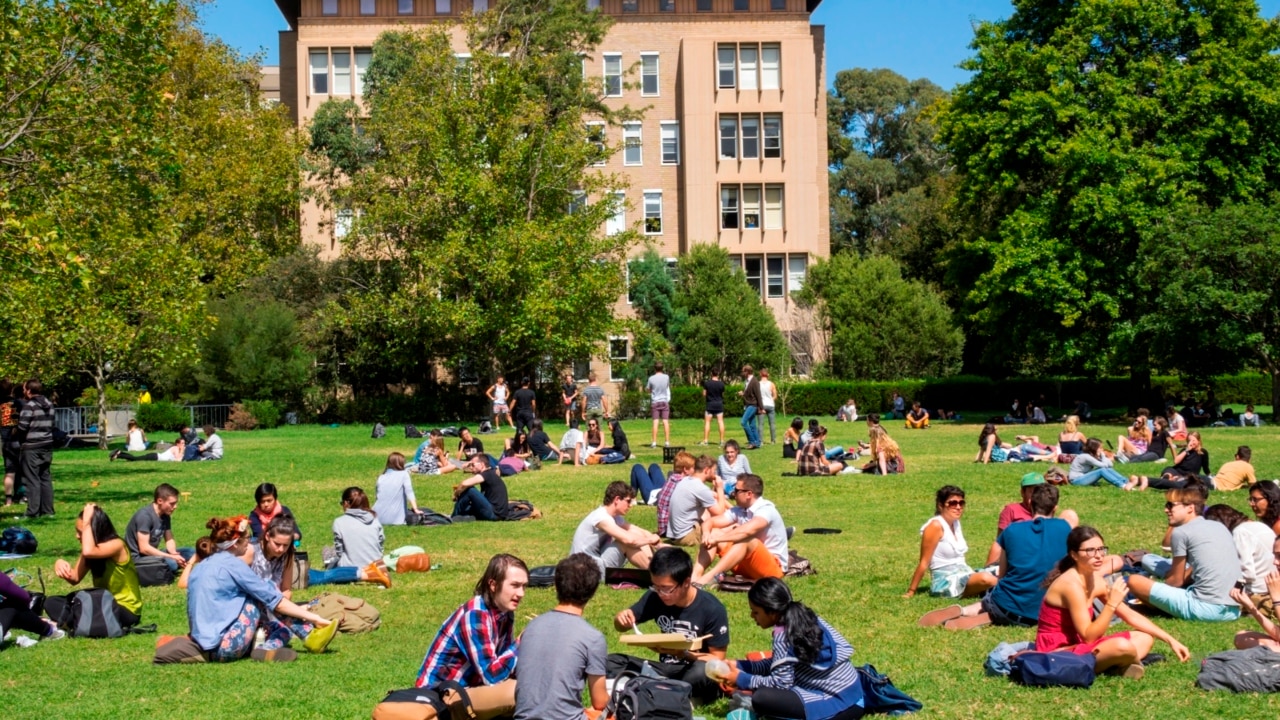
I would argue that, looking a few decades into the future, the most plausible migration scenario for Australia is a high one. As always, I am happy to be proven wrong but continuing with our existing economic playbook is much more likely than a total overhaul of our economic system just to lower migration.
With a big Australia comes big challenges. We need to grow our housing stock and infrastructure accordingly, we must integrate new migrants into our social fabric, and we must do all this in an environmentally sound way.
The eventual doubling of Australia should guide our urban planning policies today.
First and foremost, we must link our national housing and migration policies (if you really want to go out on a limb, we should also link this to our national water policy).
Then we must come up with a plan where to channel all this population growth to in the coming decades.
Think of it as a video game. You are given the Australian continent as it looks today, with its 26 million inhabitants. Your task is to distribute another 26 million people in whatever way you think works best – no cheap outs, such as, “No. I don’t think we should double the population”. Where do you place all these new Australians?
One way would be to double every town in size, for example, two Sydneys, two Alice Springs, and two Launcestons. That would probably not be the wisest way.
After all, Melbourne and Sydney both stopped functioning seamlessly in their current set-up (one main CBD, low population density, huge urban sprawl) at around 4 million residents.
As we inch towards 52 million people, it’d be better to grow smaller cities at faster rates than bigger cities.
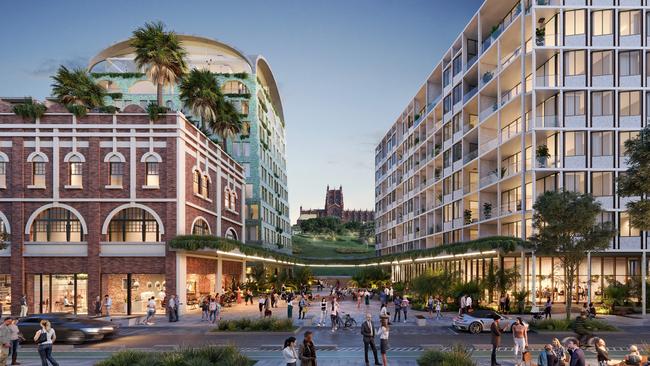
A Newcastle or Wangaratta could triple. This would also offer an opportunity to develop high quality, medium-density housing at scale. The so-called “missing middle” is hard to establish in already developed areas. Take the middle suburbs of Melbourne as a prime example.
Decades ago, dominated by quarter-acre blocks as far as the eye could see. Now, smaller subdivisions, but still mostly separate homes.
To build a Euro block, the four-storey medium density development you know from London or Paris, you need 12 consecutive quarter-acre blocks. Such land is almost impossible to find now in Melbourne. If such a block, against all odds, becomes available, we build a big fat tower rather than a humble medium-density development.
The missing middle is hard to squeeze into Melbourne, Sydney, or Brisbane at this point.
We can, however, easily build medium density in the middle suburbs of future Newcastle.
The urban fringe of today will be the middle suburbs of tomorrow.
Building medium density on the urban fringe feels weird, but it makes sense in the long run. A long-term planning horizon enables us to build smarter, more liveable, and more affordable cities.
We know where future Australians will want to live. We will still want to hug the coast.
Most population growth will occur on the eastern seaboard. At the moment, the establishment of a fast rail network along the eastern states might still be a financial pipe dream, but at some point it will be an absolute necessity – we just don’t know when.
If we were really switched on and boldly looked ahead, we would designate a rail corridor now. This would keep future development costs and building times down, as we won’t need to build through established neighbourhoods.
If we are honest about the most likely future population numbers in Australia, we will at least have a fighting chance to build cities that offer prosperity for all of us.
If we ignore or wish away the most likely scenario, we discourage politicians to take appropriate action, and we will get stuck with somewhat unmanaged population growth in cities lacking adequate infrastructure.
This is the situation we are facing now, but it doesn’t need to be this way in the future.
Simon Kuestenmacher is a co-founder of The Demographics Group.





